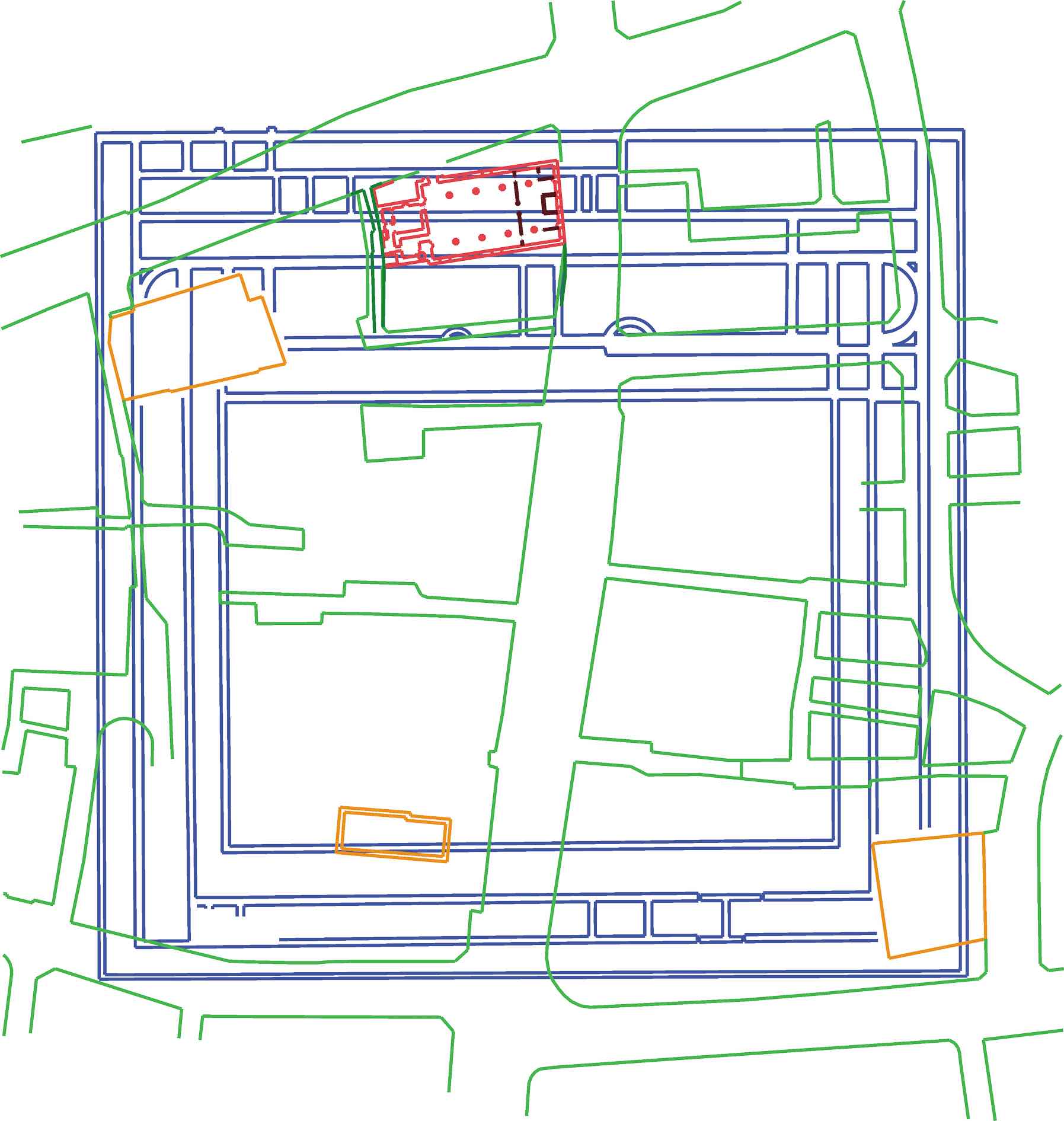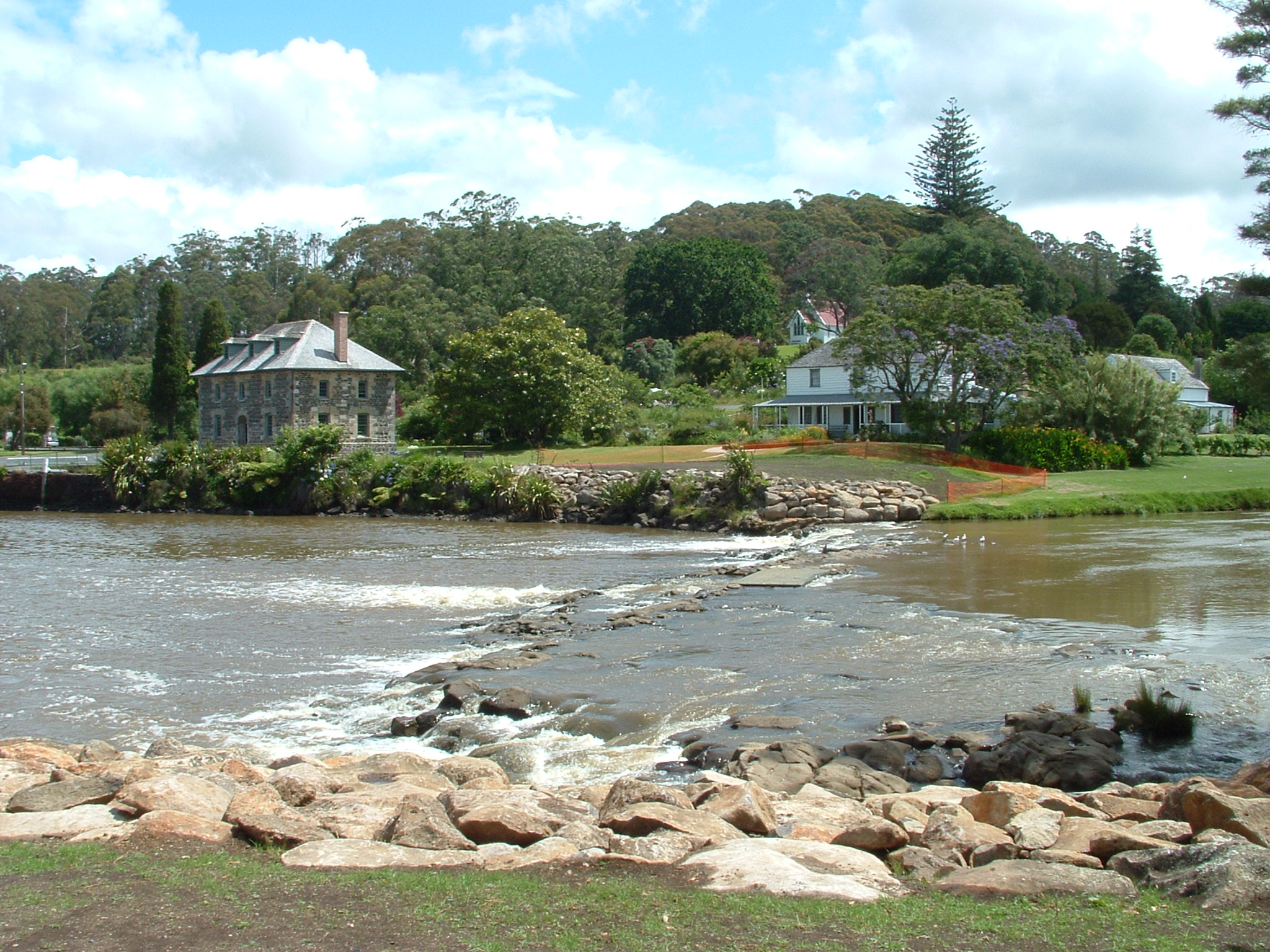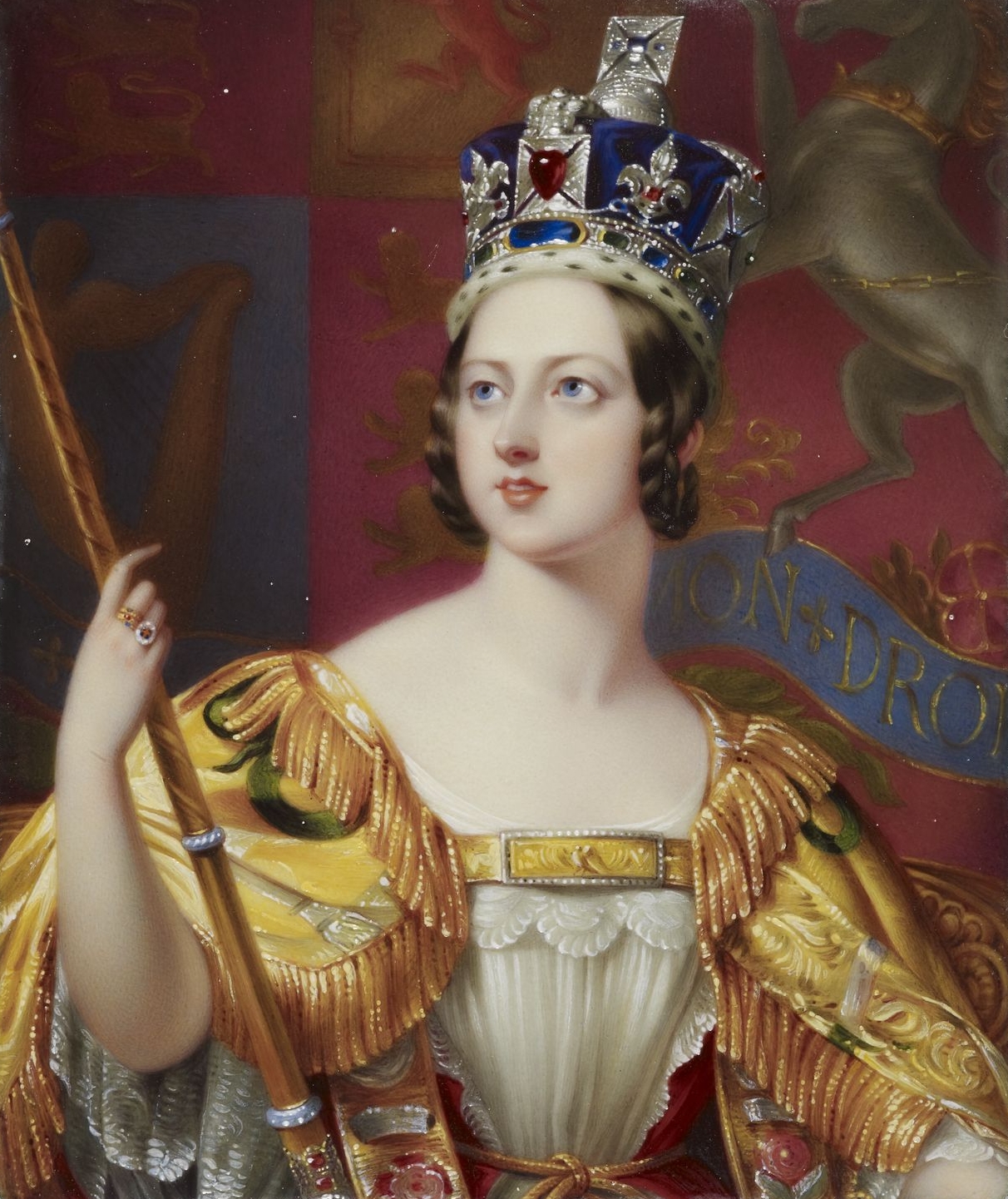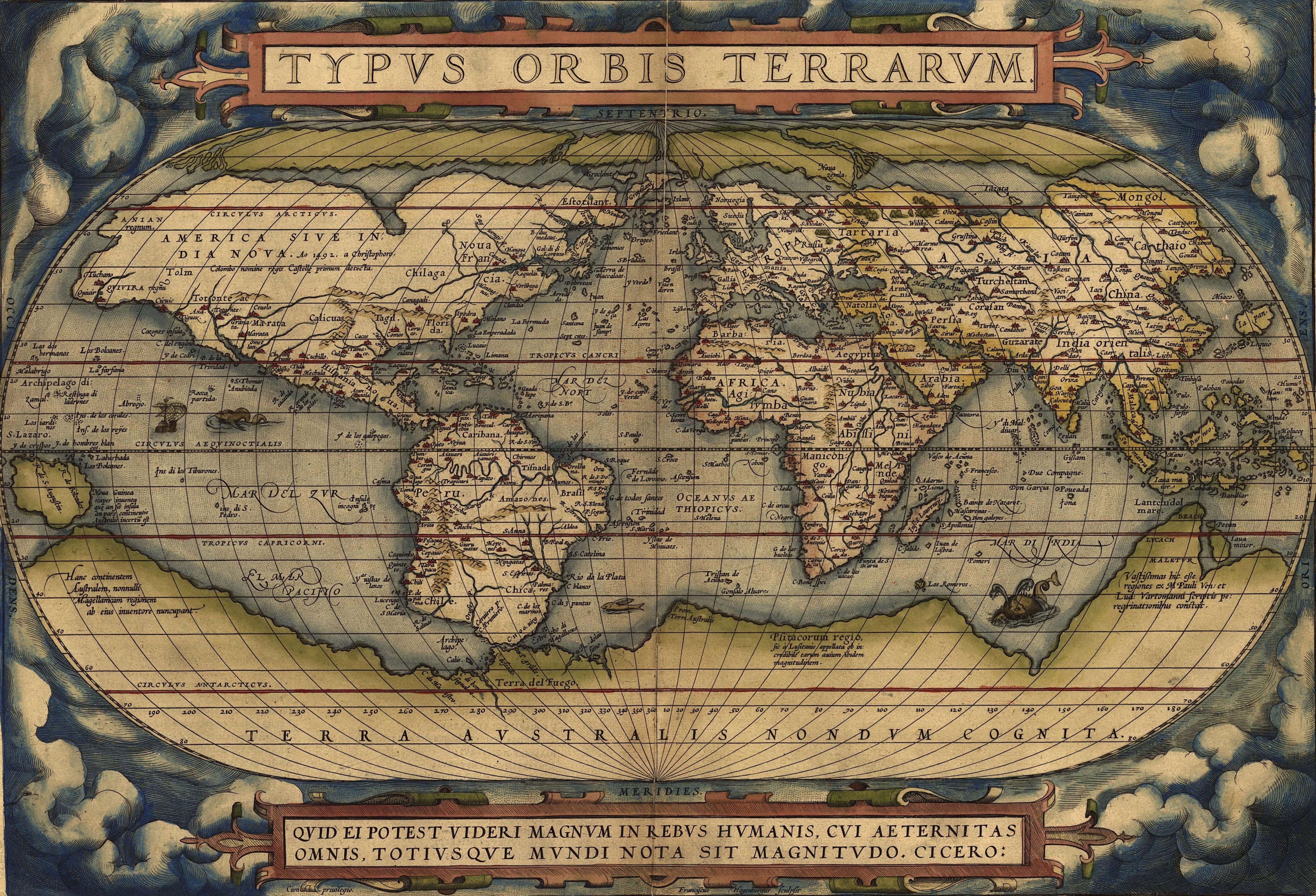|
Thomas Hansen (captain)
Captain Thomas Hansen Snr. (1762-1837) was the master of the first mission ship to New Zealand, the brig ''Active''. Hansen was born in 1762, and baptised in the parish of St Peter upon Cornhill, London, on 8 May 1763 at age 16 months. Hansen was married to Hannah Coates, in 1783. The second voyage of the ''Active'' in 1814, brought the Reverend Samuel Marsden to New Zealand, where Marsden preached the first sermon, on Christmas Day 1814 During another voyage of the ''Active'', arriving at the Bay of Islands The Bay of Islands is an area on the east coast of the Far North District of the North Island of New Zealand. It is one of the most popular fishing, sailing and tourist destinations in the country, and has been renowned internationally for it ..., New Zealand in February 1816, Captain Hansen rescued the last six surviving men of the ''Betsy'', who had made shore and had been looked after by a Maori tribe at North Cape. References {{DEFAULTSORT:Hansen, Thomas ... [...More Info...] [...Related Items...] OR: [Wikipedia] [Google] [Baidu] |
Cornhill, London
Cornhill (formerly also Cornhil) is a ward and street in the City of London, the historic nucleus and financial centre of modern London. The street runs between Bank Junction and Leadenhall Street. The hill from which it takes its name is one of the three ancient hills of London; the others are Tower Hill, site of the Tower of London, and Ludgate Hill, crowned by St Paul's Cathedral. The highest point of Cornhill is at above sea level. History Cornhill is one of the traditional divisions of the City. The street contains two of the City churches designed by Sir Christopher Wren: St. Michael, Cornhill, and St Peter upon Cornhill, reputed to occupy the oldest Christianised site in London. Both are on the site of the Roman forum of ''Londinium''. At its other end it meets Threadneedle Street, Poultry, Lombard Street and others at Bank junction. Sir Thomas Gresham's original Royal Exchange fronted onto Cornhill, but its successor on the site, designed by William Tite, fa ... [...More Info...] [...Related Items...] OR: [Wikipedia] [Google] [Baidu] |
New Zealand
New Zealand ( mi, Aotearoa ) is an island country in the southwestern Pacific Ocean. It consists of two main landmasses—the North Island () and the South Island ()—and over 700 List of islands of New Zealand, smaller islands. It is the List of island countries, sixth-largest island country by area, covering . New Zealand is about east of Australia across the Tasman Sea and south of the islands of New Caledonia, Fiji, and Tonga. The country's varied topography and sharp mountain peaks, including the Southern Alps, owe much to tectonic uplift and volcanic eruptions. New Zealand's Capital of New Zealand, capital city is Wellington, and its most populous city is Auckland. The islands of New Zealand were the last large habitable land to be settled by humans. Between about 1280 and 1350, Polynesians began to settle in the islands and then developed a distinctive Māori culture. In 1642, the Dutch explorer Abel Tasman became the first European to sight and record New Zealand. ... [...More Info...] [...Related Items...] OR: [Wikipedia] [Google] [Baidu] |
1814 In New Zealand
With the purchase of a vessel by Samuel Marsden for use by the Church Missionary Society at the beginning of the year the establishment of a mission in New Zealand is at last possible. After a preliminary scouting trip Marsden and the missionaries arrive at the end of the year and the first mission is begun at Rangihoua Bay in the Bay of Islands. A small number of sealing vessels are operating/visiting Campbell, Macquarie and Auckland Islands. At least one visits the Bay of Islands while other also make provisioning stops in Foveaux Strait. Whaling ships and ships collecting timber from Tahiti and other islands in the Pacific also visit the Bay of Islands. Incumbents Regal and viceregal * Head of State – King George III. With Prince George, Prince of Wales as prince regent. *Governor of New South Wales – Lachlan Macquarie Events *February – Samuel Marsden buys the ''Active'', for £1400, after the Church Missionary Society refuses to provide funds for a s ... [...More Info...] [...Related Items...] OR: [Wikipedia] [Google] [Baidu] |
Brig
A brig is a type of sailing vessel defined by its rig: two masts which are both square-rigged. Brigs originated in the second half of the 18th century and were a common type of smaller merchant vessel or warship from then until the latter part of the 19th century. In commercial use, they were gradually replaced by fore-and-aft rigged vessels such as schooners, as owners sought to reduce crew costs by having rigs that could be handled by fewer men. In Royal Navy use, brigs were retained for training use when the battle fleets consisted almost entirely of iron-hulled steamships. Brigs were prominent in the coasting coal trade of British waters. 4,395 voyages to London with coal were recorded in 1795. With an average of eight or nine trips per year for one vessel, that is a fleet of over 500 colliers trading to London alone. Other ports and coastal communities were also be served by colliers trading to Britain's coal ports. In the first half of the 19th century, the vast majority ... [...More Info...] [...Related Items...] OR: [Wikipedia] [Google] [Baidu] |
St Peter Upon Cornhill
St Peter upon Cornhill is an Anglican church on the corner of Cornhill and Gracechurch Street in the City of London of medieval, or possibly Roman origin. It was destroyed in the Great Fire of London in 1666 and rebuilt to the designs of Sir Christopher Wren. It is now a satellite church in the parish of St Helen's Bishopsgate. It lies in the ward of Cornhill. Early history Roman location The church of St Peter upon Cornhill stands on the highest point of the City of London, directly above the foundations of the great London Roman basilica (built c. AD90-AD120). The east end of the church, and its high altar, are also positioned above the area where some basilicas of the period had a pagan shrine room (also known as an aedes). The possible existence of the shrine room is supported by nineteenth century excavations under Gracechurch Street, immediately adjacent to the church's eastern end. These unearthed an adjoining room covered in yellow panels with a black border, 'wi ... [...More Info...] [...Related Items...] OR: [Wikipedia] [Google] [Baidu] |
Samuel Marsden
Samuel Marsden (25 June 1765 – 12 May 1838) was an English-born priest of the Church of England in Australia and a prominent member of the Church Missionary Society, believed to have introduced Christianity to New Zealand. Marsden was a prominent figure in early New South Wales and Australian history, partly through his ecclesiastical offices as the colony's senior Church of England cleric and as a pioneer of the Australian wool industry, but also for his employment of convicts for farming and his actions as a magistrate at Parramatta, both of which attracted contemporary criticism. Early life Born in Farsley, near Pudsey, Yorkshire in England as the son of a Wesleyan blacksmith turned farmer, Marsden attended the village school and spent some years assisting his father on the farm. In his early twenties his reputation as a lay preacher drew the attention of the evangelical Elland Society, which sought to train poor men for the ministry of the Church of England. With a sc ... [...More Info...] [...Related Items...] OR: [Wikipedia] [Google] [Baidu] |
Bay Of Islands
The Bay of Islands is an area on the east coast of the Far North District of the North Island of New Zealand. It is one of the most popular fishing, sailing and tourist destinations in the country, and has been renowned internationally for its big-game fishing since American author Zane Grey publicised it in the 1930s. It is north-west of the city of Whangarei. Cape Reinga, at the northern tip of the country, is about by road further to the north-west. Geography The bay itself is an irregularly-shaped -wide, drowned valley system and a natural harbour. It contains 144 islands, of which the largest is Urupukapuka, and numerous peninsulas and inlets. The three largest inlets are Waikare Inlet in the south, and Kerikeri and Te Puna (Mangonui) inlets in the north-west. The Purerua Peninsula, north of Te Puna Inlet, separates the north-western part of the bay from the Pacific Ocean, and Cape Brett Peninsula extends into the ocean at the eastern end of the bay. The biggest ... [...More Info...] [...Related Items...] OR: [Wikipedia] [Google] [Baidu] |
Māori People
The Māori (, ) are the indigenous Polynesian people of mainland New Zealand (). Māori originated with settlers from East Polynesia, who arrived in New Zealand in several waves of canoe voyages between roughly 1320 and 1350. Over several centuries in isolation, these settlers developed their own distinctive culture, whose language, mythology, crafts, and performing arts evolved independently from those of other eastern Polynesian cultures. Some early Māori moved to the Chatham Islands, where their descendants became New Zealand's other indigenous Polynesian ethnic group, the Moriori. Initial contact between Māori and Europeans, starting in the 18th century, ranged from beneficial trade to lethal violence; Māori actively adopted many technologies from the newcomers. With the signing of the Treaty of Waitangi in 1840, the two cultures coexisted for a generation. Rising tensions over disputed land sales led to conflict in the 1860s, and massive land confiscations, to ... [...More Info...] [...Related Items...] OR: [Wikipedia] [Google] [Baidu] |
1762 Births
Year 176 ( CLXXVI) was a leap year starting on Sunday (link will display the full calendar) of the Julian calendar. At the time, it was known as the Year of the Consulship of Proculus and Aper (or, less frequently, year 929 ''Ab urbe condita''). The denomination 176 for this year has been used since the early medieval period, when the Anno Domini calendar era became the prevalent method in Europe for naming years. Events By place Roman Empire * November 27 – Emperor Marcus Aurelius grants his son Commodus the rank of ''Imperator'', and makes him Supreme Commander of the Roman legions. * December 23 – Marcus Aurelius and Commodus enter Rome after a campaign north of the Alps, and receive a triumph for their victories over the Germanic tribes. * The Equestrian Statue of Marcus Aurelius is made. It is now kept at Museo Capitolini in Rome (approximate date). Births * Fa Zheng, Chinese nobleman and adviser (d. 220) * Liu Bian, Chinese emperor of the Han Dynast ... [...More Info...] [...Related Items...] OR: [Wikipedia] [Google] [Baidu] |
1837 Deaths
Events January–March * January 1 – The destructive Galilee earthquake causes 6,000–7,000 casualties in Ottoman Syria. * January 26 – Michigan becomes the 26th state admitted to the United States. * February – Charles Dickens's ''Oliver Twist'' begins publication in serial form in London. * February 4 – Seminoles attack Fort Foster in Florida. * February 25 – In Philadelphia, the Institute for Colored Youth (ICY) is founded, as the first institution for the higher education of black people in the United States. * March 1 – The Congregation of Holy Cross is formed in Le Mans, France, by the signing of the Fundamental Act of Union, which legally joins the Auxiliary Priests of Blessed Basil Moreau, CSC, and the Brothers of St. Joseph (founded by Jacques-François Dujarié) into one religious association. * March 4 ** Martin Van Buren is sworn in as the eighth President of the United States. ** The city of Chicago is incorporated. April–June ... [...More Info...] [...Related Items...] OR: [Wikipedia] [Google] [Baidu] |
Explorers Of New Zealand
Exploration refers to the historical practice of discovering remote lands. It is studied by geographers and historians. Two major eras of exploration occurred in human history: one of convergence, and one of divergence. The first, covering most of ''Homo sapiens'' history, saw humans moving out of Africa, settling in new lands, and developing distinct cultures in relative isolation. Early explorers settled in Europe and Asia; 14,000 years ago, some crossed the Ice Age land bridge from Siberia to Alaska, and moved southbound to settle in the Americas. For the most part, these cultures were ignorant of each other's existence. The second period of exploration, occurring over the last 10,000 years, saw increased cross-cultural exchange through trade and exploration, and marked a new era of cultural intermingling, and more recently, convergence. Early writings about exploration date back to the 4th millennium B.C. in ancient Egypt. One of the earliest and most impactful thinkers of ... [...More Info...] [...Related Items...] OR: [Wikipedia] [Google] [Baidu] |
People From The City Of London
A person ( : people) is a being that has certain capacities or attributes such as reason, morality, consciousness or self-consciousness, and being a part of a culturally established form of social relations such as kinship, ownership of property, or legal responsibility. The defining features of personhood and, consequently, what makes a person count as a person, differ widely among cultures and contexts. In addition to the question of personhood, of what makes a being count as a person to begin with, there are further questions about personal identity and self: both about what makes any particular person that particular person instead of another, and about what makes a person at one time the same person as they were or will be at another time despite any intervening changes. The plural form "people" is often used to refer to an entire nation or ethnic group (as in "a people"), and this was the original meaning of the word; it subsequently acquired its use as a plural form of p ... [...More Info...] [...Related Items...] OR: [Wikipedia] [Google] [Baidu] |



.jpg)



_1938.jpg)